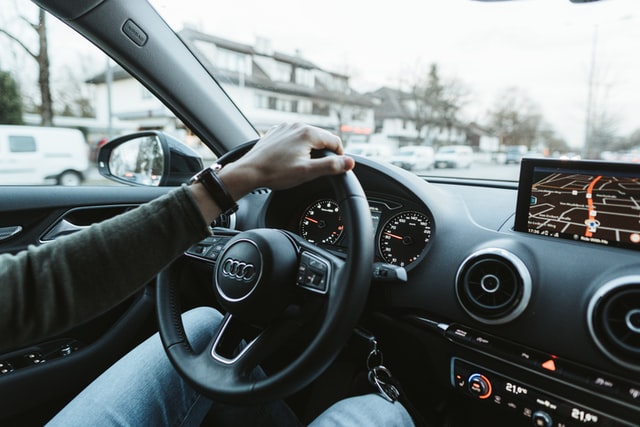Importing a car to the Netherlands
To import a car to the Netherlands, first ensure the vehicle meets Dutch and EU standards. You can then arrange for the car to be transported, either by road or shipping. If the car is coming from within the EU, there are no import duties. In this section we explore more.

How does importing your car work
To import a car to the Netherlands, first ensure the vehicle meets Dutch and EU standards. You can then arrange for the car to be transported, either by road or shipping. If the car is coming from within the EU, there are no import duties, but from outside the EU, you'll need to pay 10% customs duty and 21% VAT, unless you're eligible for an exemption. Once the car arrives, it must pass an inspection by the RDW to ensure it meets roadworthiness and emission standards.
You'll also need to pay a BPM tax based on the car's CO2 emissions and age. Afterward, obtain Dutch car insurance and register the vehicle to get Dutch plates. Finally, you will need to pay an annual road tax, which is determined by the car's weight, fuel type, and emissions. The process typically takes a few weeks to complete.
Which steps should you take?
Check import eligibility
Before importing, verify that your car meets the Dutch and European Union (EU) standards, especially regarding emissions and safety regulations. This applies only if your car is coming from outside the EU.
Transporting the car
You can either ship the car by sea or transport it by road. Many people use international vehicle transport companies to handle this part of the process, which usually involves customs and logistics management.
Customs and duties
- From within the EU: If you're bringing a car from another EU country, you won't need to pay import duties.
- From outside the EU: You will need to pay customs duties and VAT (Value Added Tax).
- Customs duty: Usually 10% of the car's value.
- BTW (VAT): Typically 21%, calculated on the car’s value, shipping cost, and customs duty combined.
If you are moving to the Netherlands and have owned the car for more than six months in a non-EU country, you may be eligible for an exemption from customs duties and VAT.
Inspection of your car
Once the car arrives, it must be inspected by the RDW (Rijksdienst voor het Wegverkeer) to ensure it meets Dutch roadworthiness standards. The inspection may include:
- Emission standards: Ensuring the car complies with EU emission rules (such as Euro 6 for newer cars).
- Technical inspection: Checking lights, brakes, steering, etc.
- Car identification number (CIN) check: Verifying the vehicle's identity.
After passing the RDW inspection, you'll receive a Dutch license plate.
BPM Tax (Bijzondere Verbruiksbelasting van Personenauto’s)
You will also need to pay a BPM (vehicle registration tax) if the car is being imported into the Netherlands. The BPM is based on the car's CO2 emissions and age.
- New cars typically pay higher BPM based on CO2 emissions.
- Older cars (usually over 5 years) may have a reduced BPM based on depreciation.
Car insurance
The car must be insured with a Dutch car insurance company before you can drive it in the Netherlands. Check this page for more information.
Road Tax (Motorrijtuigenbelasting)
Once your car is registered, you'll also need to pay road tax based on the vehicle’s weight, fuel type, and emissions.